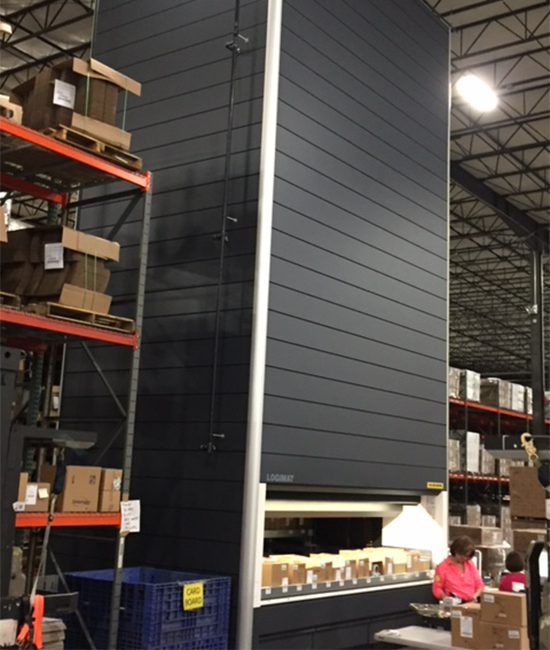Goods-to-Person (GTP) operations use automation to bring goods from storage or staging areas to operators. GTP is often used in distribution to bring merchandise to pick and pack stations, and in manufacturing to bring raw materials, parts, or equipment to operators working an assembly line.
GTP systems might use a combination of specialized racking, shuttles, AGVs and AMRs, vertical lift modules, or fully automated storage and retrieval systems (AS/RSs) to bring anything from small pieces to pallets to the operator. Compared to conventional, person-to-goods operations, GTP systems offer improved throughput, accuracy, safety, and efficiency.


